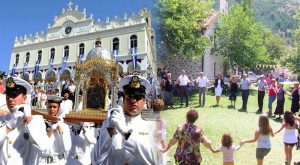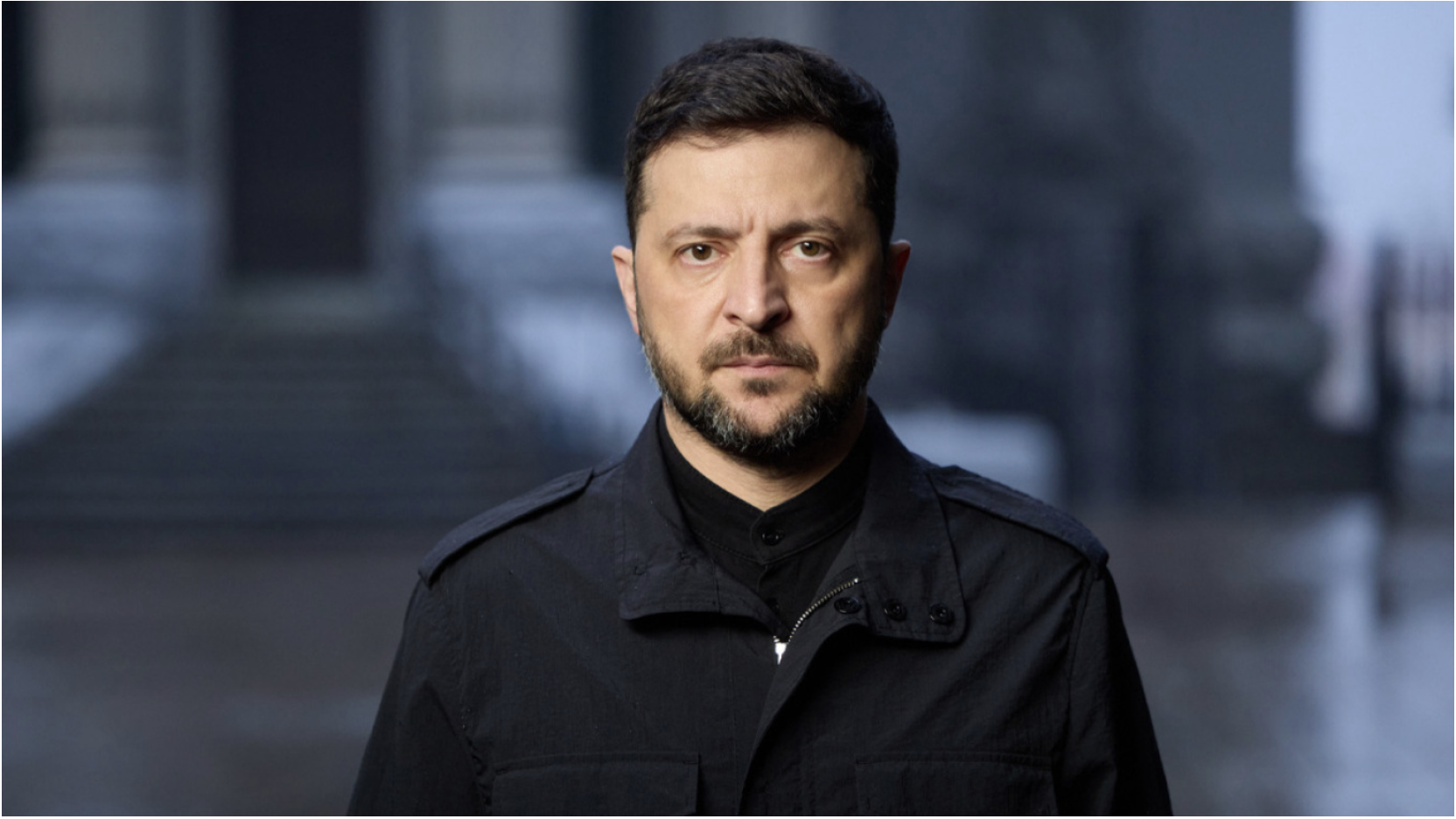There are many customs and festivals organized all over Greece on Aug. 15 in commemoration of the Virgin Mary.
This day is a public holiday in Greece so Greeks are able to mark one of the most important days in Orthodox Christianity, the Dormition of the Virgin Mary.
People attend religious services and throw parties all over the country.

Different places in Greece celebrate this day — also referred to as “the summer Easter” — in different ways.
The Virgin Mary is a holy figure for Greeks for both religious and national reasons. Being the mother of Jesus is only half of the reason why Greeks revere her.
The Virgin Mary is also thought to be deeply connected with the Greek nation’s freedom, in many cases.
She is referred to in Greece as Panagia, and is considered to be the mother to all men and a symbol of protection and comfort.
This has resulted in variations of different names being given to her throughout the country by locals wanting to thank the Panagia for her help in their times of need.

In every church and chapel dedicated to the Panagia, she is given a last name which indicates either the miracles she is expected to perform or the graces she is endowed with.
For example, there is Panagia the Healer, the Merciful, the Graceful, the Sweet-Talking, the Savior of Souls, the Mistress of the Angels, the Philanthropist, and the list goes on.
Here are some insights as to how Greeks celebrate this holy day throughout the country.
TINOS:
Following a dream of a nun on the island and many excavations, an icon of the Virgin Mary was found buried on Jan. 30, 1823.

The story goes that St. Pelagia, a nun living on Tinos, dreamed of a lady who explained to her how much she had suffered, having been buried for many years.
In St. Pelagia’s dream, the lady ordered her to wake up early the next morning and begin digging in the field of Ant. Doxaras to uncover a sacred icon.

Eventually, the icon of the Virgin Mary was uncovered and just a few years afterwards, officials decided to celebrate the Virgin Mary annually. From the early 1800s until today the island celebrates Her Grace from Aug. 15-23.
IMATHIA:
Throughout the area of Imathia, the symbol of Patian worship to the Virgin Mary is Panagia Soumela.

The name of the Virgin Mary, Soumela, comes from the tale of how, in the late 4th Century AD, the Virgin Mary appeared to monks Sofronios and Varnavas. She asked them to build a monastery in Her favor and led them to Mount Mela.
That’s why Virgin Mary is called Soumela, since in the Pontian dialect “sou Mela” means “at Mela (mountain)”.
PAROS:
The legend of the church of Virgin Mary on Paros is steeped in history.

The church, known as the ‘church with 100 doors’, is also referred to as Panagia Ekatontapiliani. It has 99 visible doors, and one that will only become visible when the Greeks take Constantinople (known today as Istanbul) once again.
KEFALONIA:
For this holy day in the village of Markopoulo on the island of Kefalonia, locals celebrate from Aug. 6 through 15 and many snakes of all kinds and sizes are found inside and outside the Dormition of Virgin Mary Church, earning them the name Virgin Mary’s snakes.

The snakes are a part of a myth that says there was once a monastery in the area of the village and when pirates attacked the villages and the nuns asked Virgin Mary to turn them into birds or snakes to be saved.

Snakes have appeared every year in the church on Assumption Day. If they do not appear, locals say that it is bad luck – and proving the legend to be true, they did not appear in both 1940 and in 1953, when Kefalonia was hit by major earthquakes.
KOUFONISSIA:
In celebration of the Dormition of the Virgin Mary, worshippers on the island of Koufonissia gather around the church after services and are offered food. They then have a race with their sailing boats to celebrate Her Grace.
ZAGOROHORIA in Ioannina:
Many villages of Zagorohoria in Ioannina celebrate the Virgin Mary with three-day-long festivities.

Not only do locals attend services at churches throughout the area during these three days, they also celebrate all night long with food, drink and dancing the traditional dances of Epirus.
ALONISSOS:
This Aegean island celebrates this holy day on Aug. 15. If you are visiting the island on this day, be sure to not only watch, but participate in the revival of a traditional wedding.

Locals dress up as guests who take on the role of relatives in the wedding, while the bride appears in a traditional dress (morka).
The groom, best man and wedding guests attend the celebration at the church and then celebrate with live traditional music played on the lute, violin and clarinet, and dance traditional folk dances.
Source: Kerry Kolasa-Sikiaridi/greekreporter
Ask me anything
Explore related questions





